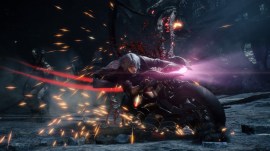Rise of the Ronin review: samurai spirits
Slicing through history in open world 19th century Japan
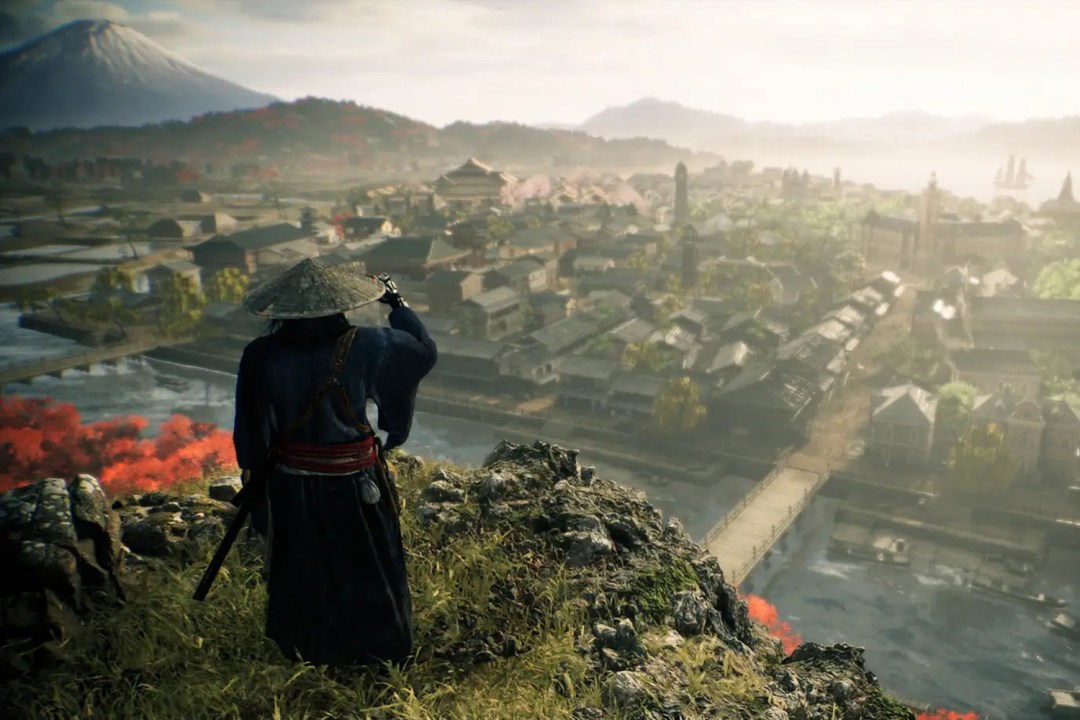
Stuff Verdict
Maybe not an open-world game changer, but Rise of the Ronin is a fun blend of accessible action and ancient history
Pros
- Breathtaking visuals
- Solid combat with different ways to approach and tweaking difficulty
- Great cast of bond characters
Cons
- Design limitations around traversing open world
- Very limited online co-op
When it comes to samurai action games, PlayStation gamers are spoiled for choice. Rise of the Ronin is the most expansive yet. It’s not a Ghost of Tsushima sequel – and don’t mistake it for Ubisoft’s upcoming Japan-set Assassin’s Creed entry, despite it also offering a slice of historical tourism set during the country’s mid-to-late 19th century period of political upheaval.
It’s arguably something better, as Team Ninja has delivered the sort of open-world scale and attention to detail usually reserved for Western-developed blockbusters. The excellent but tough-as-nails combat seen in the Japanese developer’s Nioh series has also been given a more approachable spin, for those who found themselves hopeless against those games’ hardcore demands.
East meets West
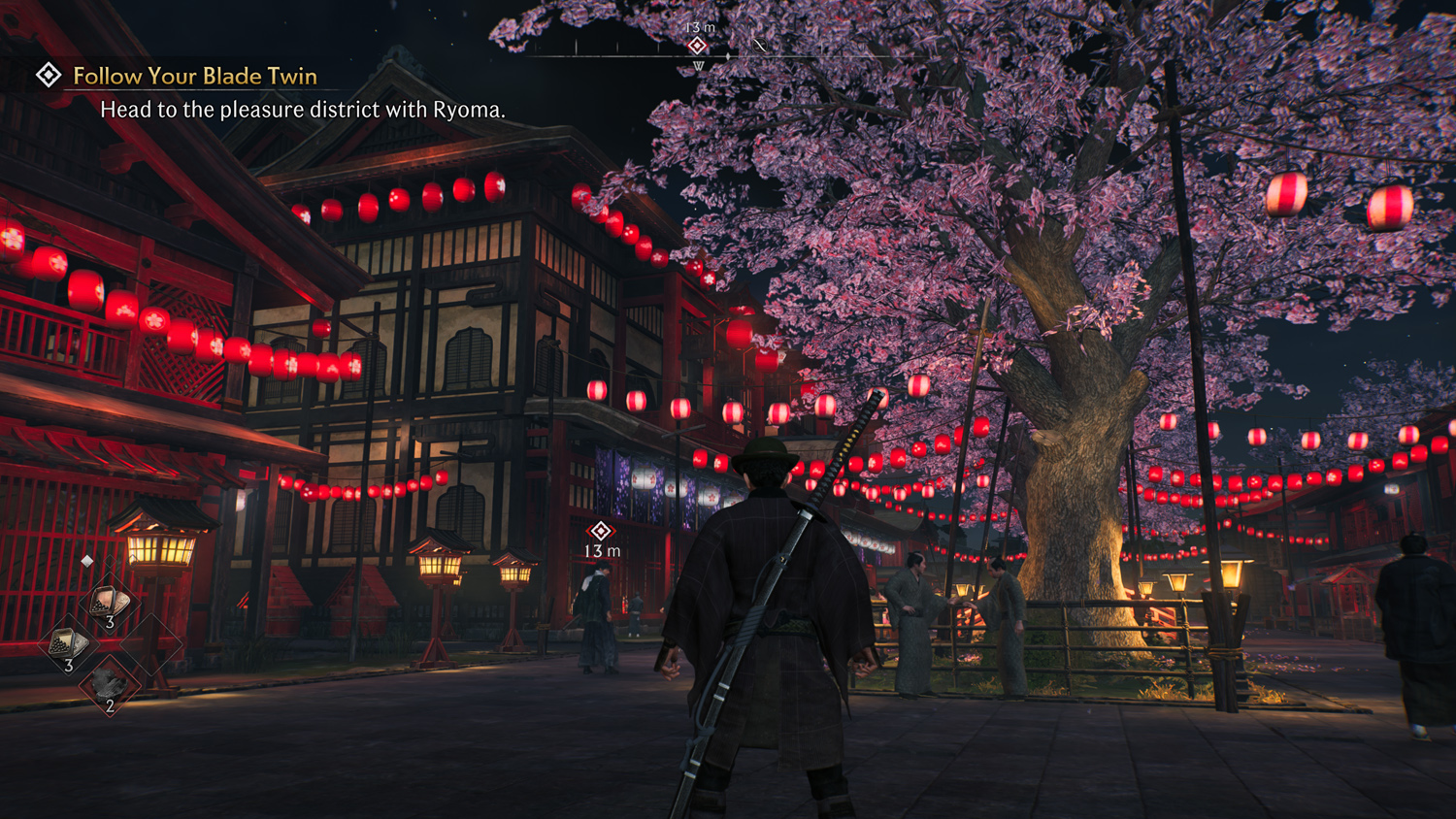
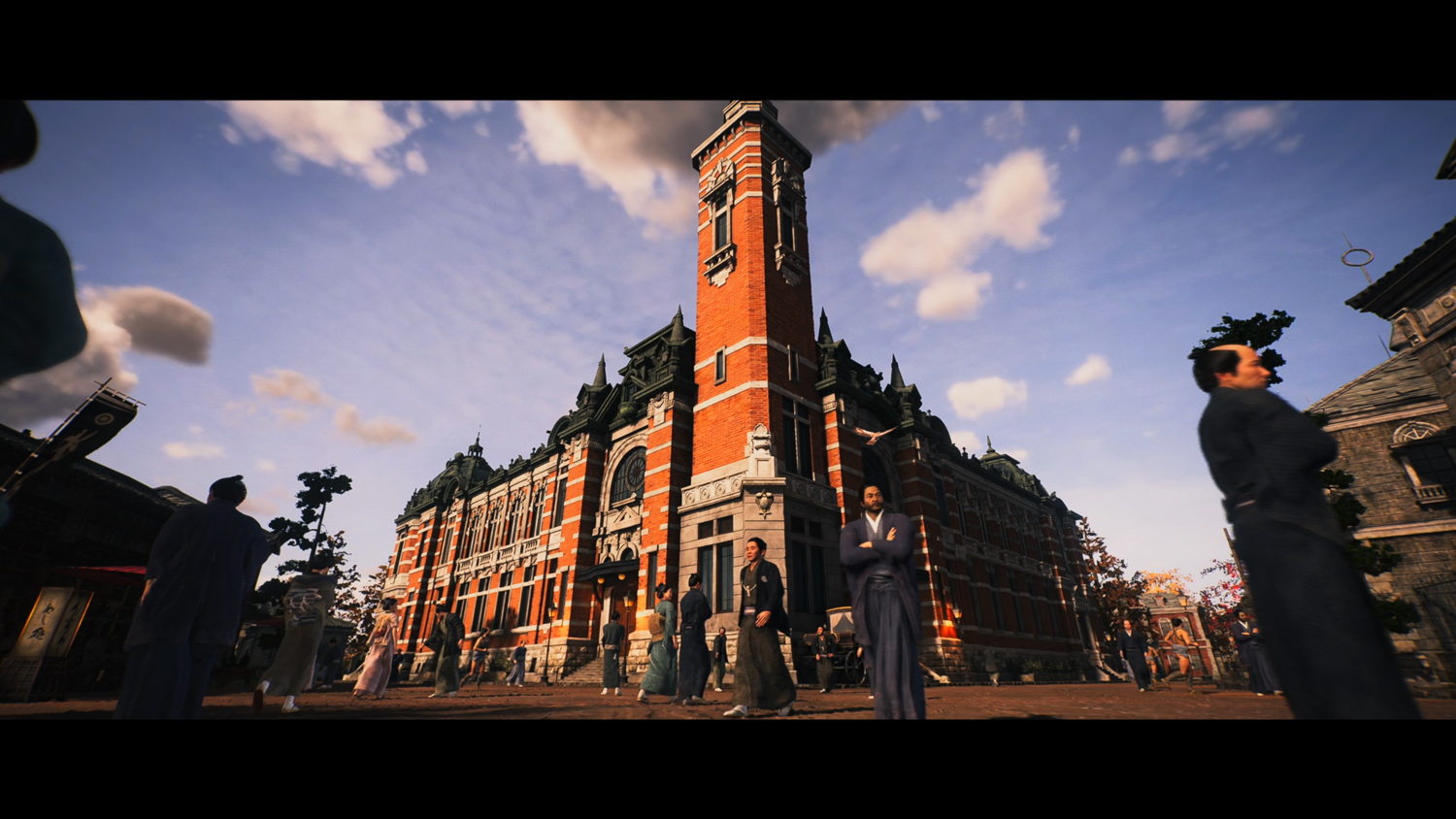
While Team Ninja’s past games dabbled with history, including Japan’s Sengoku period and China’s Three Kingdoms era, they’ve always taken on a more fantastical twist. You’re usually fighting mythical monsters, with some supernatural shenanigans thrown in for good measure.
Rise of the Ronin takes a more grounded approach, where your opponents are human or political in nature. It’s set in the same Bakamatsu period as last year’s Like A Dragon: Ishin – a time when different factions were vying for Japan’s future, on the cusp of modernity, while Western ships were waiting ominously at its door. But whereas that remake of a decade-old game was showing its age, this looks every bit as gorgeous as you might expect of a PS5 exclusive. And all without trying hard to mimic an Akira Kurosawa flick like Ghost of Tsushima.
It helps that the first major map – the port city Yokohama – is a perfect environment for wowing players, with sunlight piercing through trees and illuminating fields of long grass, and water glistening in the distance. Once in the city proper you get a real taste of cultures clashing, with traditional Japanese buildings sitting alongside Western-influenced architecture.
This clash can be expressed through your own ronin character, with loot that ranges from katanas to rifles, and samurai armour to hunter’s garb.
It does fall to a lot of the familiar open world tropes: the map constantly pops with an often confusing number of icons of things to do or find, and areas that spring back to life once you’ve cleared them of bandits. There’s a bunch of period-appropriate fast travel option, including a grapple rope, glider, and horse, but traversal has some annoying limitations. Nonetheless, the activities aren’t without their charm. There are even mechanics and rewards for petting dogs and cats.
Take the edge off
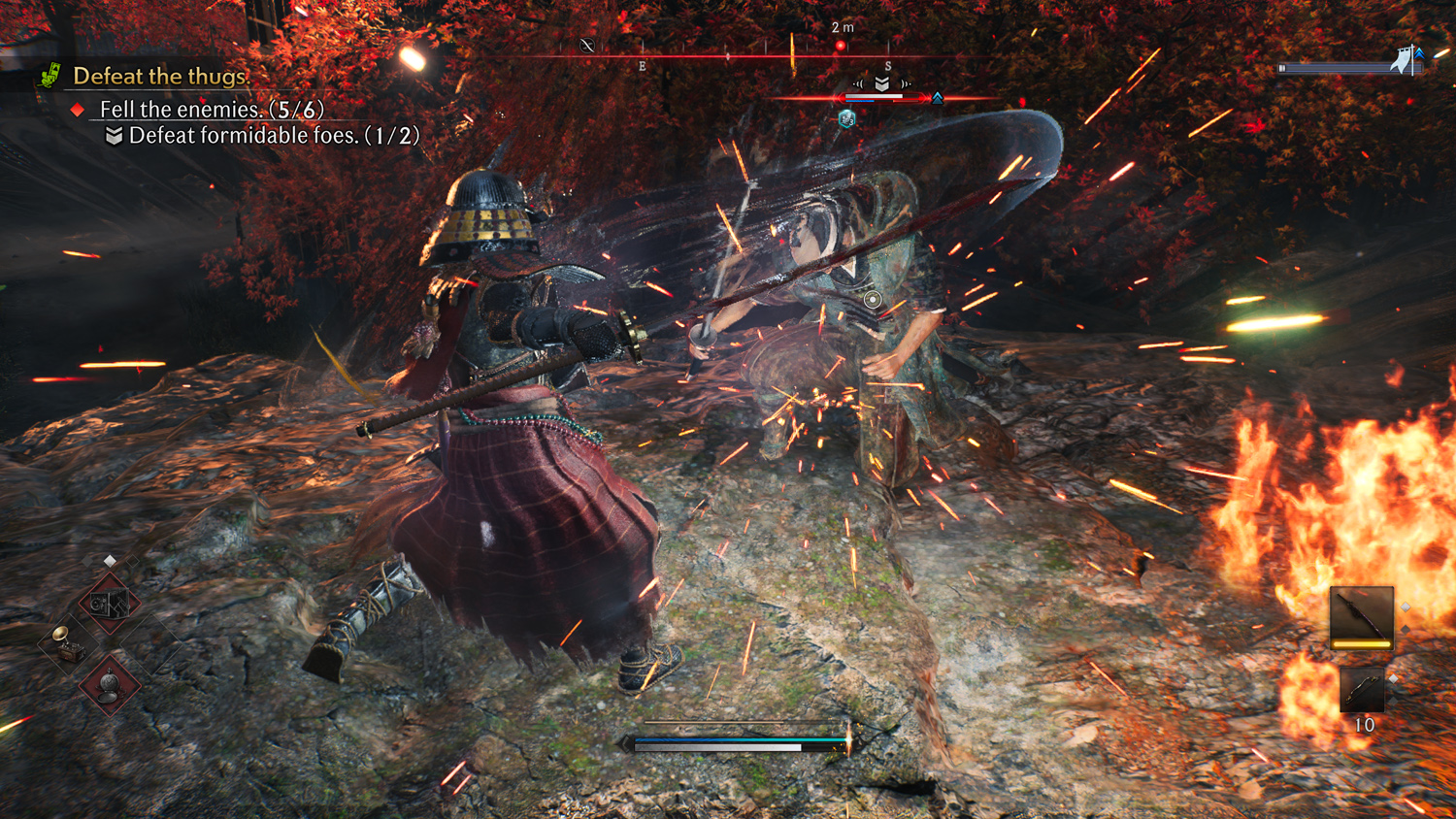
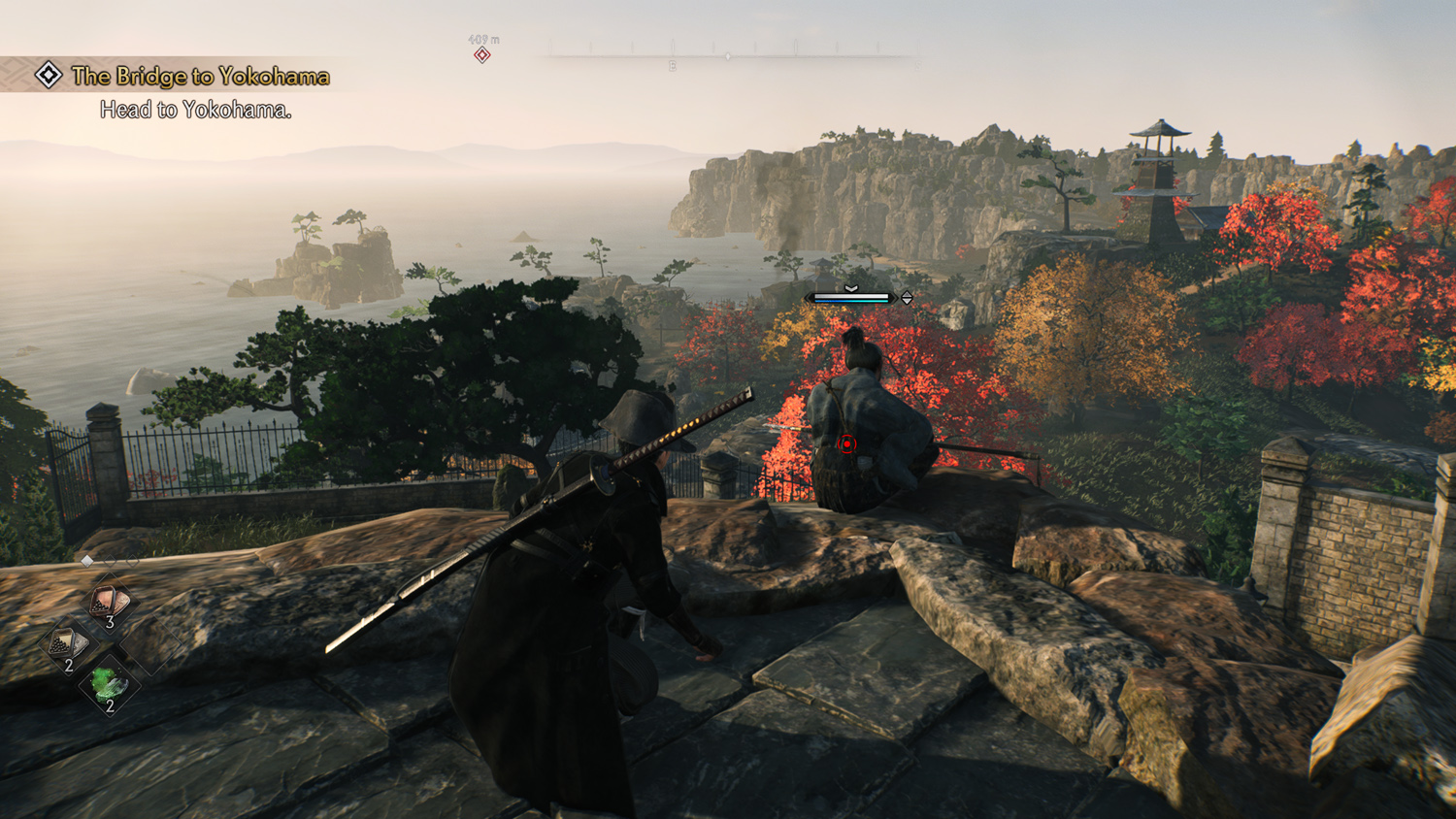
Your nameless ronin is a blank slate at the outset. One of two, actually: you create two siblings, then pick who to play as the protagonist. Minor spoiler: the other ends up as the villain of the piece. The few choices you make initially, including your preferred weapon type, can be changed as you play and level up.
Progression is tied more to upgrading skills and perks, which are grouped into four attributes – strength, dexterity, charm and intellect. Those respective stats improve depending on what you upgrade, which feels like a clearer system than simply turning numbers into bigger numbers.
Central to this is a combat system that’ll feel familiar to Sekiro or Wo Long: Fallen Dynasty players.
Hacking and slashing alone won’t get you far; you have a stamina gauge to manage, and deflecting attacks is the fastest way to drain your opponents’, leaving them open for critical hits.
I’m not talking Elden Ring levels of punishing play, though. In this open world you automatically regain health and Ki when not in combat. While there’s a vendetta system that makes you regain XP from whoever killed you last, there are multiple ways to gain skill points and level up outside of combat, such as just unlocking fast travel banners or finding shrines.
You can also take out enemies stealthily, which is where Rise of the Ronin gets especially Assassin’s Creed-y – just with Team Ninja’s brand of ultra violence, where finishing moves lop off heads or limbs. There’s also a non-lethal option by fighting unarmed; some missions are even weighted towards this approach. It’s the more challenging option, but animal lovers will appreciate the skill that turns hostile dogs to your side when you pet them.
The option to change the difficulty at any time is a big contrast to the developer’s previous efforts. Learning parry timings and memorising enemy combos is still the key to victory, but the timing windows are a lot more generous. You likely won’t be spending hours just to get past a single boss.
Brothers and sisters in arms
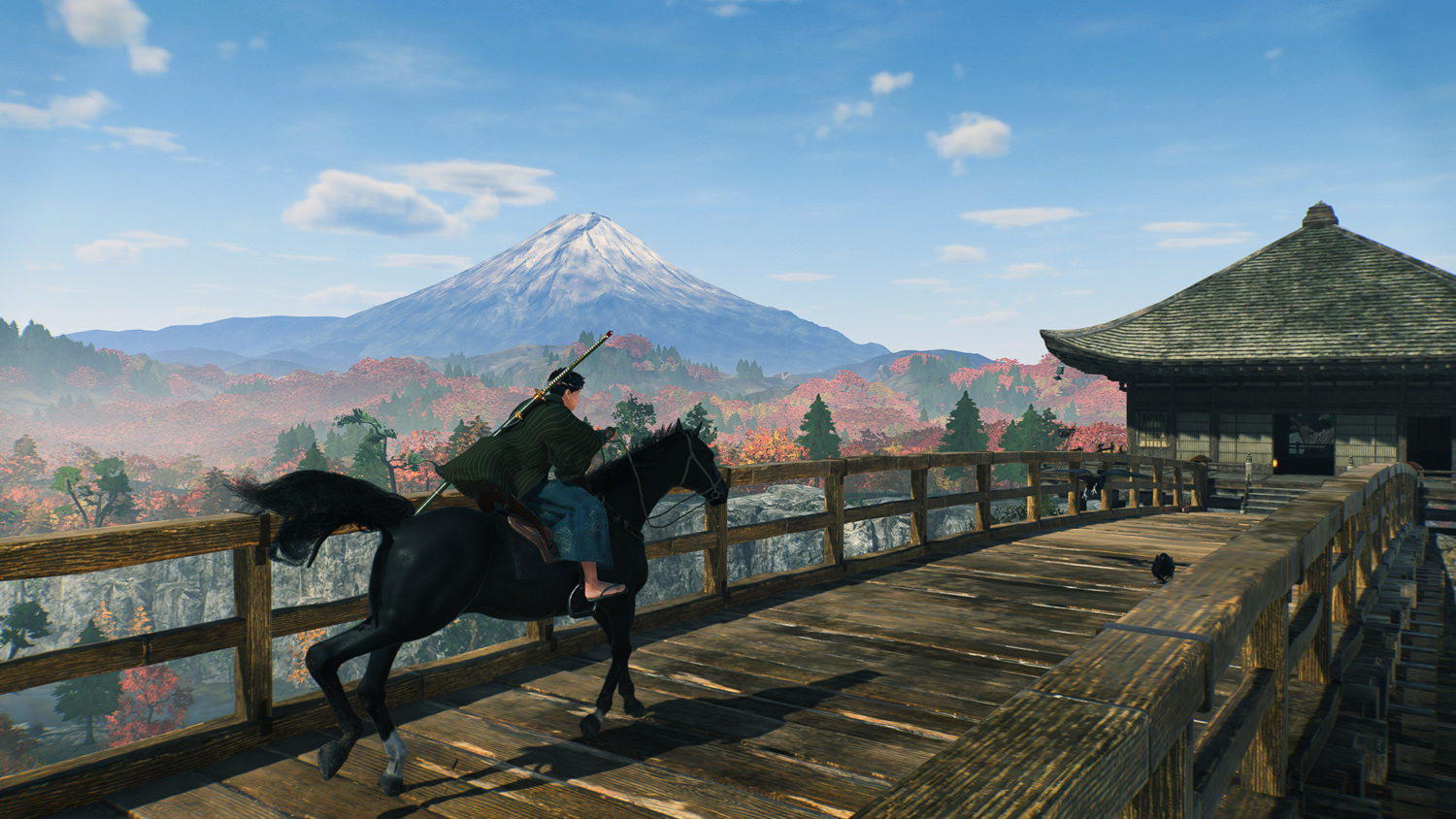
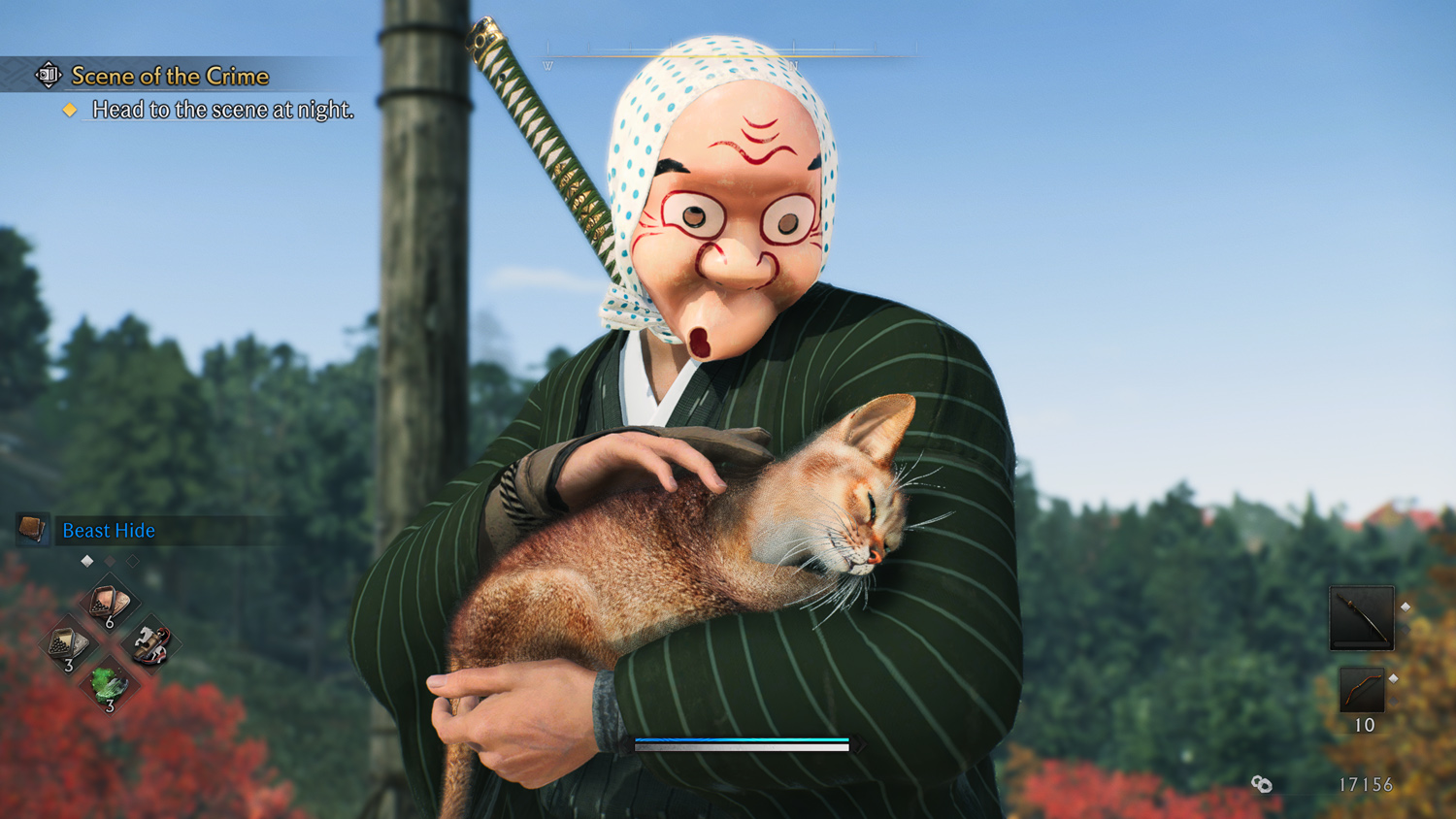
You also don’t have to go it alone, which feels apt for the setting where history is being made not just by individuals but different factions. Many of the large cast of characters draw on real historical figures, such as the samurai Ryoma Sakamoto and even some Westerners like French military officer Jules Brunet (the inspiration behind Tom Cruise’s character in The Last Samurai). They have a number of their own side quests, allowing you to forge and develop friendship bonds, and some can even join you in missions.
For the latter, you can even switch control to them and make use of their unique fighting styles; form a bond and you can then learn these styles yourself. If you do then fall in battle, it automatically switches to the next playable character. Healing items can also revive the downed character mid-fight.
Only having these companions with you during story-specific missions, which are self-contained to the extent you get a warning if you wander too far from the mission area, is a shame. Annoyingly this is also how online co-op is restricted, so you can’t just have two mates join you in the open world.
Worse is that it comes with the same restriction as Team Ninja’s previous games, where you can only join players who’ve already completed that mission; you can’t play the story together unless the person who’s ahead is happy to always repeat past missions. You’re better off just teaming up with AI characters.
Rise of the Ronin Verdict
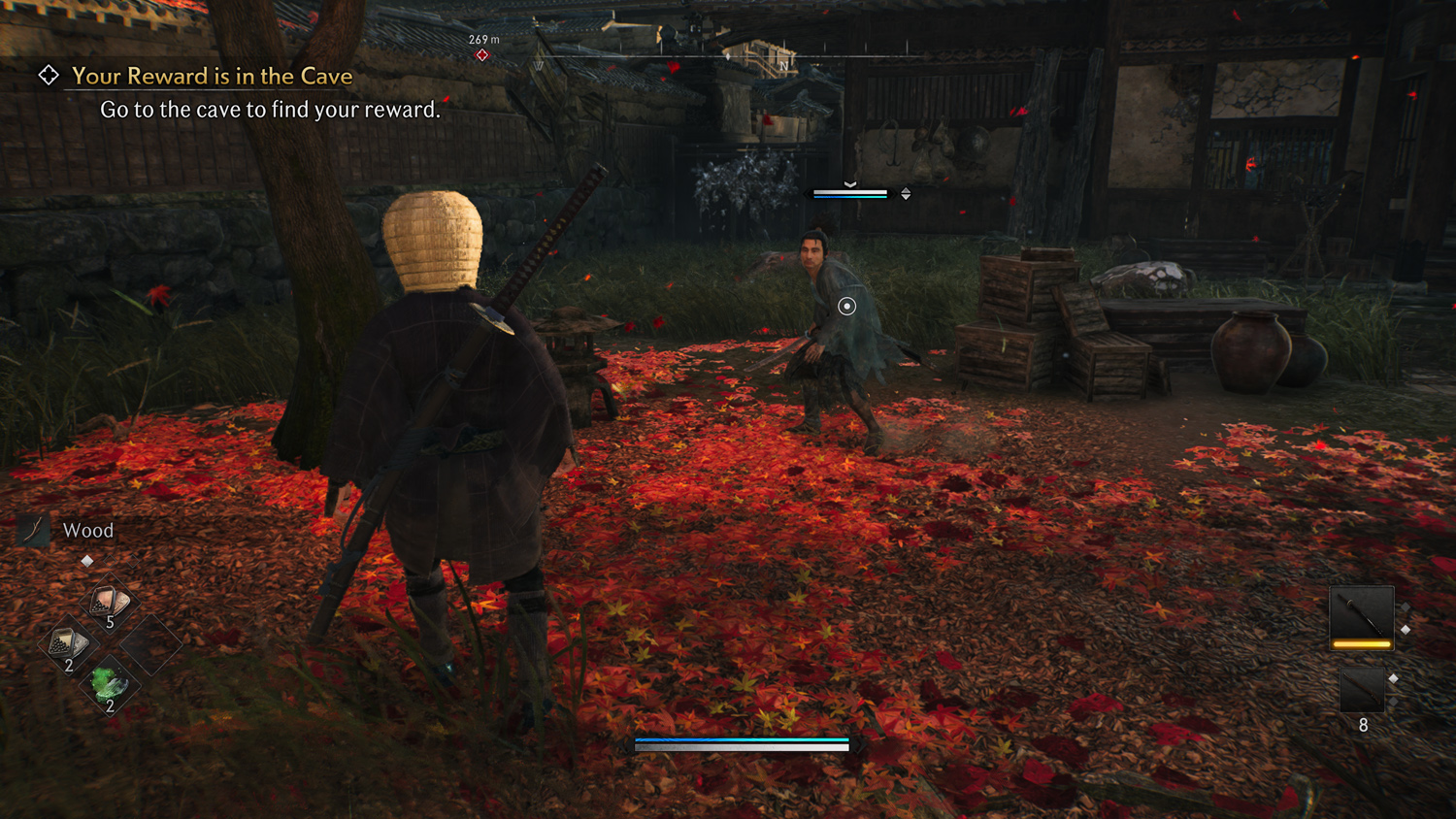
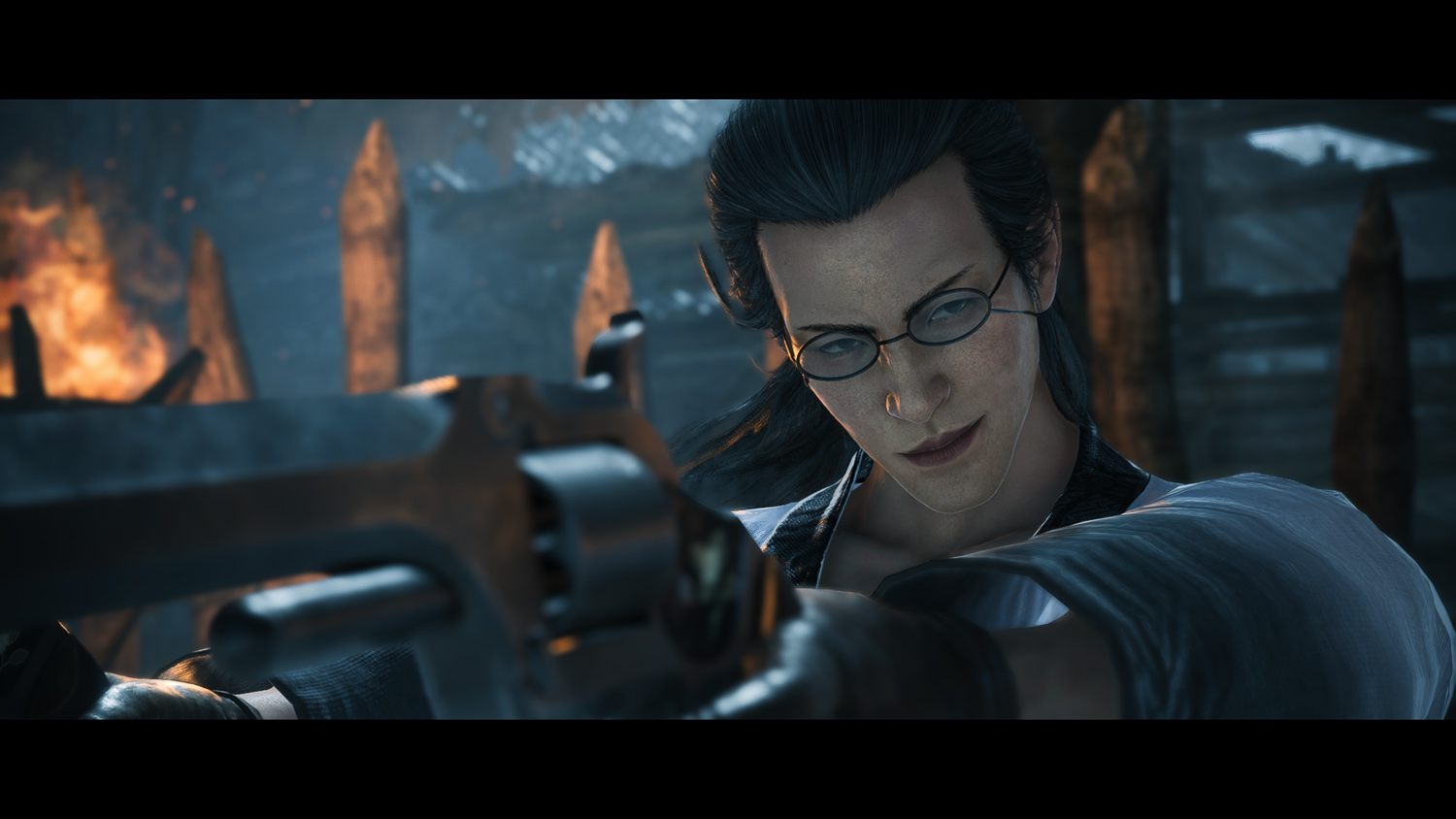
This is Team Ninja’s most accessible game, which might disappoint hardcore fans – but they can always raise the difficulty. It’s a necessary compromise to please players looking to just soak up the authentic 19th century Japanese vibes, or wanting a companion piece to the excellent Disney+ mini-series Shogun.
It relies on some familiar open-world elements, but still manages to insert some eccentric charm. Above being a history lesson concerned with facts or aping cinematic techniques, it remembers to be a game with fun mechanics and where you gleefully make heads roll.
Stuff Says…
A fun blend of accessible action and ancient history, if not an open-world game changer
Pros
Breathtaking visuals
Solid combat with different ways to approach and tweaking difficulty
Great cast of bond characters
Cons
Design limitations around traversing open world
Very limited online co-op

